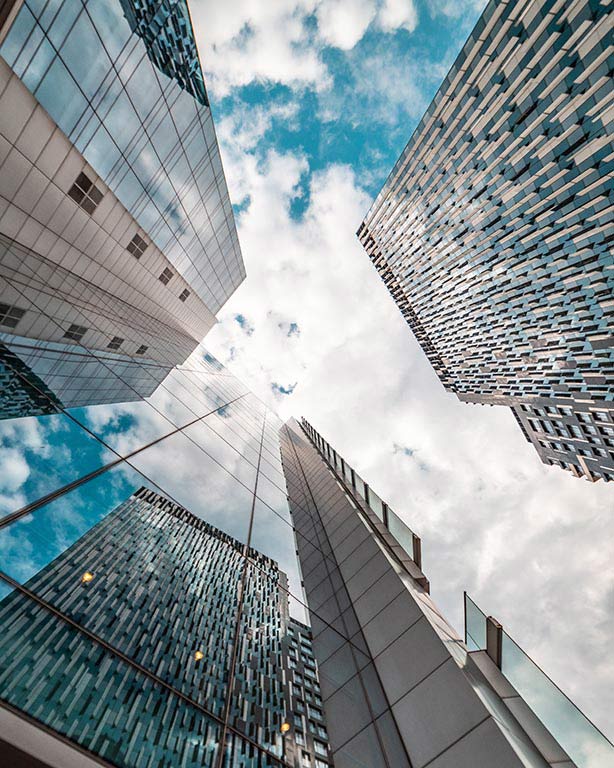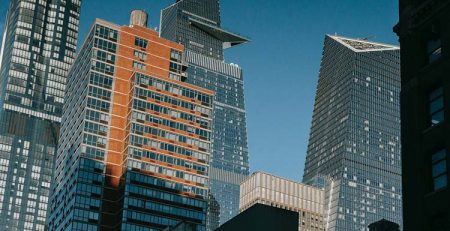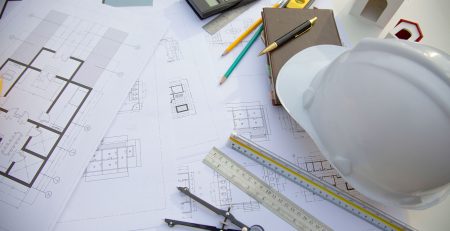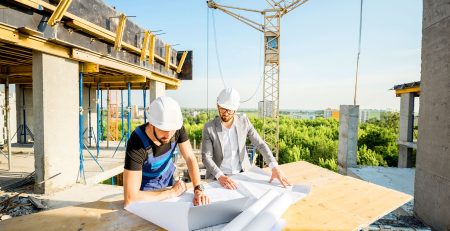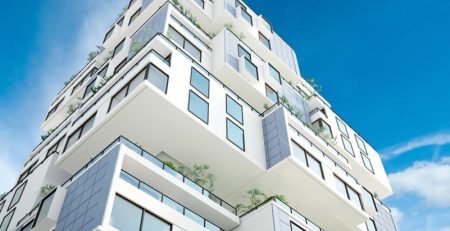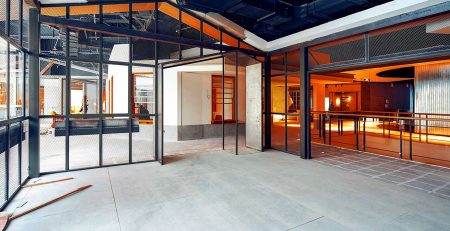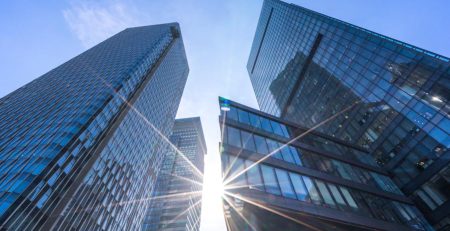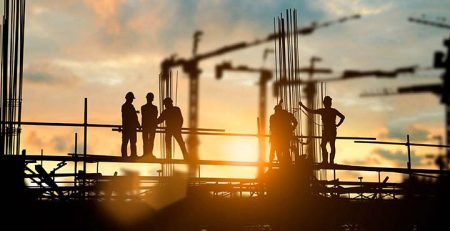Redefining Skyscrapers: What Makes Them Stand Out?
Dive into the world of skyscrapers and discover what innovative elements make these towering structures stand out in modern architecture.
Skyscrapers, the towering marvels of engineering and architecture, have long defined the skylines of cities around the world. But what makes these structures stand out isn’t just their height. Today’s skyscrapers are being redefined, not just as feats of engineering, but as symbols of innovation, sustainability, and architectural brilliance. In this blog, we explore the cutting-edge designs and technologies that set modern skyscrapers apart.
From eco-friendly buildings that breathe life into urban landscapes to smart structures equipped with the latest in technology, skyscrapers are no longer just about touching the sky; they’re about creating spaces that are as functional as they are awe-inspiring. Delving into the architectural trends, sustainable materials, and advanced technologies that are shaping the future of skyscrapers, this article offers a glimpse into how these giants are being transformed to meet the needs of a changing world, where efficiency, sustainability, and beauty coalesce to redefine what it means to stand tall.
The Evolution of Skyscrapers: Beyond Height and Grandeur
Skyscrapers have long captivated our imagination, soaring into the sky as symbols of human ingenuity and ambition. But today’s skyscrapers are not just about reaching dizzying heights; they’re about redefining what a high-rise can be. These towering structures have evolved from mere office buildings into multifunctional complexes that blend living, working and leisure spaces. Architects and engineers are pushing the boundaries of design and technology, making skyscrapers more than just tall buildings – they are becoming self-contained ecosystems that redefine urban living.
Innovative Design: Merging Aesthetics with Functionality
The architectural design of skyscrapers has undergone a significant transformation. No longer confined to the traditional glass and steel box, modern skyscrapers are feats of architectural creativity and innovation. Twisting towers, such as the Shanghai Tower, break the norm with their spiral forms, while buildings like the Bosco Verticale in Milan introduce green living walls into their structure. These designs are not just visually stunning; they serve a purpose, from reducing wind shear to improving energy efficiency and enhancing the building’s integration with its environment. This blend of aesthetics and functionality marks a new era in skyscraper design.
Sustainability: Building for a Greener Future
Sustainability has become a key factor in skyscraper construction and design. The new generation of skyscrapers is being built with the environment in mind, using energy-efficient materials, incorporating renewable energy sources, and implementing innovative waste management systems. Buildings like the One Central Park in Sydney, with its integrated solar panels and water recycling systems, set a benchmark for eco-friendly design. These green skyscrapers are not just reducing their carbon footprint; they are actively contributing to a more sustainable urban landscape.
Technology Integration: Creating Smart and Efficient Buildings
The incorporation of cutting-edge technology is what truly sets modern skyscrapers apart. Smart building technology is becoming a standard, with systems that control lighting, heating, and cooling more efficiently, thereby reducing energy consumption. Advanced security and surveillance systems, high-speed elevators, and state-of-the-art communication networks enhance the functionality and safety of these buildings. The use of Building Information Modeling (BIM) in construction also allows for more precise and efficient building processes. This integration of technology makes skyscrapers smarter, safer, and more adaptable to the evolving needs of their inhabitants.
Community and Wellbeing: Fostering a Sense of Belonging
Modern skyscrapers are increasingly focusing on community and wellbeing. Gone are well-being when these buildings were isolated silos. Today, they are designed to be inclusive spaces that promote social interaction and community building. Features like public sky gardens, communal spaces, and amenities such as gyms, pools, and retail outlets are becoming common. Moreover, the focus on wellbeing is evident in the incorporation of natural light, ventilation, and green spaces, which contribute to the physical and mental health of the residents and users. These features create a sense of belonging and community, making skyscrapers more than just workplaces or residences but vibrant communities in the sky.
The redefinition of skyscrapers is a testament to the advancements in architecture, engineering, and technology. These modern marvels stand out not just for their height but for their innovative design, sustainability, technological integration, and focus on community and wellbeing. They reflect a shift in how we think about high-rise buildings, transforming them from traditional symbols of corporate power to dynamic spaces that cater to the diverse needs of a modern urban population. As architects and developers continue to innovate, skyscrapers will undoubtedly continue to break new ground, shaping the skylines and the very fabric of cities around the world.

